How does protein synthesis occur?
Proteins are by far the most important macromolecule within the body.
What? Proteins are just muscles, aren’t they?
Yes and no. All muscles are made up of proteins, but, by no means are all proteins muscles. The only function of DNA is to synthesise or control the synthesis of proteins. Ultimately, this means that proteins must be able to undertake, or at the very least have a hand in, every biochemical task the human body needs to operate. Proteins, therefore, not only act as muscles to contract and manipulate the skeleton, but also enzymes, receptors and even hormones. By focusing on DNA replication, you can appreciate the number of enzymes that are involved in just one single process. With each of these enzymes consisting of proteins, and each enzyme being dependent on its shape to function, it is clear that synthesising the correct proteins is vitally important.
What are proteins?
Proteins are made up of a single repeating unit, known as an amino acid. Amino acids follow the same general formula, but each have a different side chain (known by convention as the R group) shown in figure 1, which gives each amino acid varying properties. These amino acids are joined together (in a rather complicated process discussed below) forming a peptide bond. The amino acids then interact and fold in a manner specific to their structure in order to form the complete protein. The function of the finished protein is usually very dependent on the structure of the protein. The sequence of amino acids in the protein determines this structure and therefore function, due to the interaction of R groups within the protein. An accidental change in the amino acid order can dramatically alter protein structure and function, causing the protein to become useless or to cause disease.
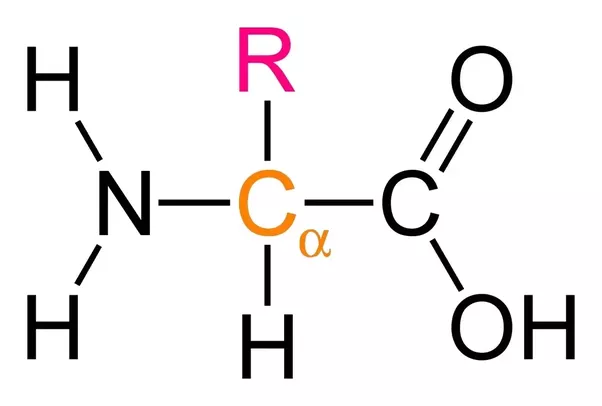
figure 1. General formula for an amino acid
As seen in figure 2 below, the properties of each amino acid depends on their side chains.
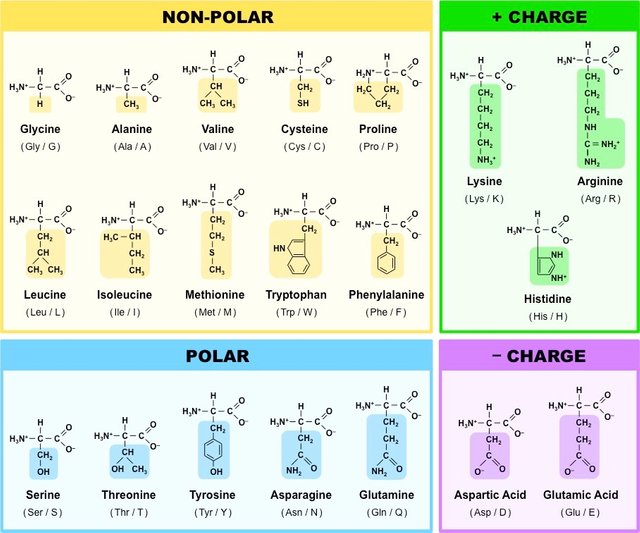
figure 2. Labelled amino acids
How does DNA code for proteins?
It is all to do with the sequence of DNA bases. DNA has four potential bases, adenine (A), thymine (T), guanine (G) and cytosine (C). Eeach sequence of three consecutive bases, referred to as a codon, codes for one amino acid. Thus, the specific sequence of bases codes for the specific sequence of amino acids, which determines the structure of the protein. A simple concept, yet difficult for the body to execute. This is because DNA is not able to leave the nucleus, but proteins are made in the cytoplasm, outside the nucleus.
So, how does the DNA code get transported to the site of protein synthesis?
Via RNA! This is a molecule very similar to DNA, with three major differences.
- RNA contains the sugar ribose, rather than deoxyribose in DNA
- RNA uses the base uracil (U) instead of thymine as in DNA
- RNA (in this context) is single stranded, whereas DNA is double stranded
Within the nucleus DNA is unwound using an enzyme known as DNA helicase. Then a strand of RNA is made from the template of the DNA strand which contains the protein code. This RNA is called messenger RNA (mRNA). The process of using a DNA template to make RNA is known as transcription. It uses the enzyme RNA polymerase to assemble to correct RNA nucleotides (due to the complementary base pairing of bases between DNA and RNA strands) and then bonds the nucleotides together. This is very similar to the DNA polymerase enzyme used in DNA replication. Transcription is summarised below.
The mRNA transcript then travels out of the nucleus and reaches a ribosome, the site of protein synthesis. At the ribosome, the sequence of codons on the mRNA is read by feeding mRNA through the ribosome, and amino acids are brought in and attached according to this sequence. This process is known as translation. The mechanism of translation is rather complicated (and too long for this article), but is summarised in figure 5 below.
Finally, you will be relieved to know, we have constructed a working protein! All that needs to occur now is the folding of the protein into its final structure. Fortunately for us, this occurs simply due to the structure of the protein and doesn’t require any specialised enzymes.
Why should we care?
It is important to understand biochemical process like protein synthesis for many reasons. Firstly, if these processes malfunction then many disease can occur. A mutation of a single base can potentially change the order of amino acids within a protein, resulting in disease. This is the case with sickle cell anaemia, where the substitution of just one of the bases in the DNA code causes a glutamic acid to be swapped with a valine, with devastating consequences. Secondly, by understanding these processes, it may be possible to manipulate them with drugs to target specific diseases or pathogens that do not synthesise proteins using the same enzymes or processes.
References:
http://www.proteinsynthesis.org/what-is-protein-synthesis/
http://chemistry.elmhurst.edu/vchembook/584proteinsyn.html
http://www.mun.ca/biology/desmid/brian/BIOL2060/BIOL2060-21/CB21.html
http://www.mun.ca/biology/desmid/brian/BIOL2060/BIOL2060-22/CB22.html
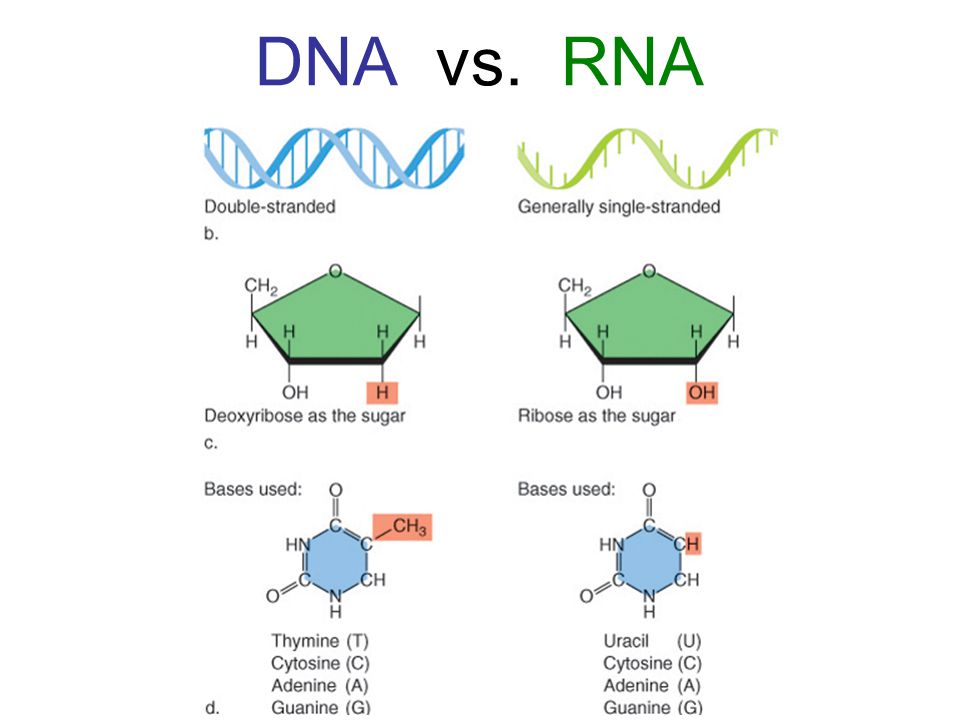
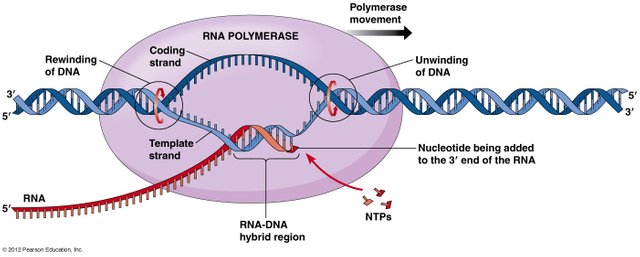
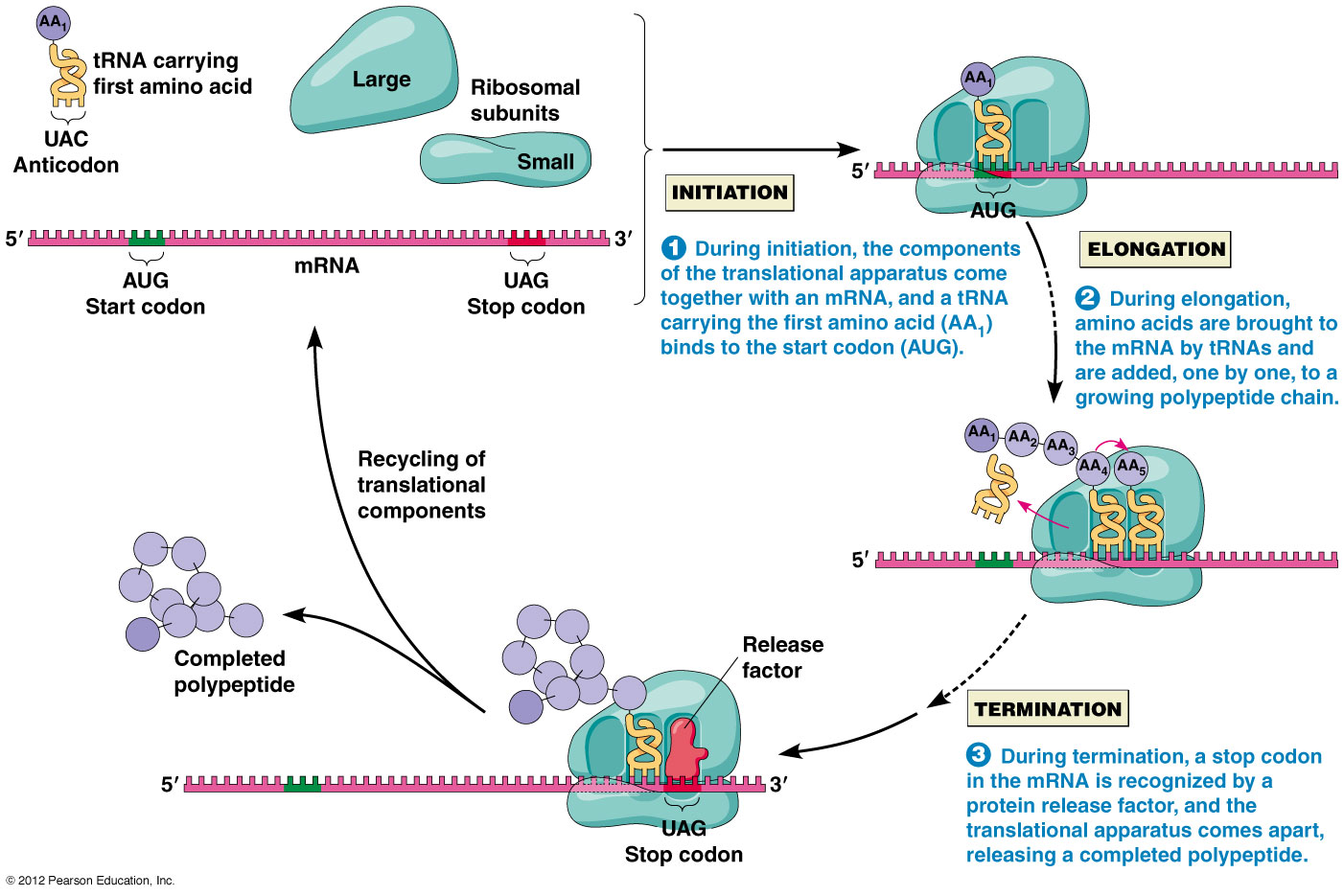
I'm thinking this sort of knowledge might be the first step towards designing personalized medicine, medicine designed for individuals instead of entire populations. I'm not an expert by any means, so I may be way off.
This is certainly part of it. By being able to understand protein synthesis and sequence the genome of each individual we are able to work out what proteins each person will be synthesising. By comparing this DNA sequence against other known sequences, we can work of if there are any discrepancies that could be causing diseases.
This is really fascinating stuff. I really look forward to a future where medicine is designed to fit individuals. That way they'll be a lot more efficient, and presumably have a lot less side effects.
great work :) also good to know ... under 100 amino acids its a peptide and from 100 to over 1000 amino acids its a protein
Good to know, thank you!
This post recieved an upvote from minnowpond. If you would like to recieve upvotes from minnowpond on all your posts, simply FOLLOW @minnowpond Please consider upvoting this comment as this project is supported only by your upvotes!
This post recieved an upvote from minnowpond. If you would like to recieve upvotes from minnowpond on all your posts, simply FOLLOW @minnowpond Please consider upvoting this comment as this project is supported only by your upvotes!
By solid phase peptide synthesis!😂😂
Nice one dear you have my vote
Thank you, glad you enjoyed it!
Ovij
I just love your detailed work and the intelligence that reflects in your work.
I am nominating this post of yours in support contest.
Thank you, that is much appreciated.
I appreciated the ending of "why should we care" it put the whole post into perspective. Thanks!
No problem, I try to make each post as relatable as possible.
Thank you very much for selecting my posts, I really appreciate it.
hey @ovij , you won 25 whaleshares I nominated you for, check this :
https://steemit.com/whaleshares/@akrid/3vokxd-whaleshares-minnow-support-contest-nominate-and-win
and share your bitshares address to receive the whaleshares.